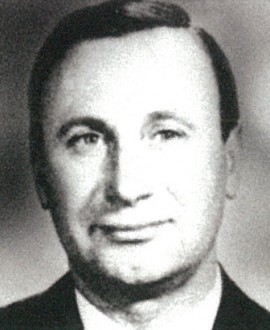Always wanted to know if there is a connection between the TW Sherrin footy thats used in the footy and the Sherrin stand at Victoria park.
As fas as i know the TW Sherrin factory was founded and established in Wellington street in Collingwood.
And the Sherrin stad at VP is the Icon at VP and was the home of the Collingwood social club for many years.
As fas as i know the TW Sherrin factory was founded and established in Wellington street in Collingwood.
And the Sherrin stad at VP is the Icon at VP and was the home of the Collingwood social club for many years.



